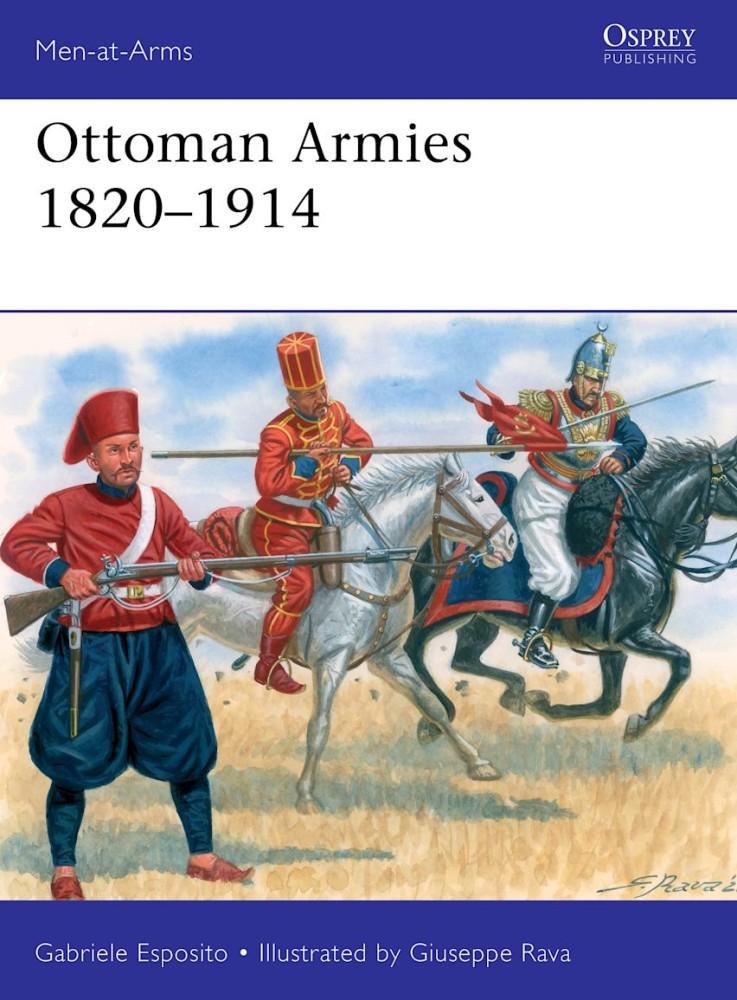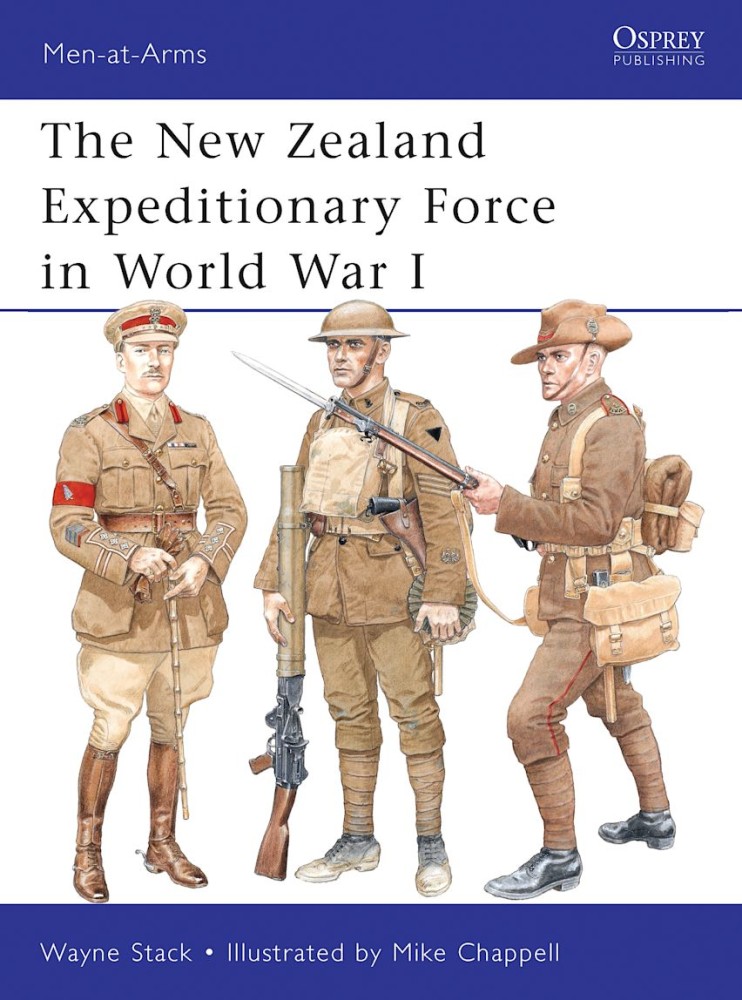This book describes and illustrates the armies of the embattled Ottoman Turkish Empire involved in 19th-century wars during the Empire's long spiral of decline.
During the so called 'long 19th century', between the end of the Napoleonic Wars in 1815 and the outbreak of World War I in 1914, the difficulties faced by the Ottoman Turkish Empire were a recurrent factor in international geopolitics. Against a background of Russian–Ottoman rivalry, France and Britain supported the Empire during the Crimean War (1854–56), but not in the Russo–Turkish War (1877–78).
Portraying the uniforms, arms and appearance of Ottoman troops during this period, this book traces the history of the Ottoman Empire throughout this period, when no fewer than ten wars of regional insurgency and foreign expansion against the Empire were fought in territories in south-eastern Europe, the Middle East and North Africa.
Using rare photos and illustrations from Turkish, Balkan and other sources, author, Gabriele Esposito details the history of the multi-ethnic Ottoman armies periodic attempts to modernize which enabled them to win some victories at a tactical level. But the Empire – 'the sick man of Europe' – lacked a coherent strategy or sufficient resources, and failed attempts to crush regional uprisings and to defend borders, saw the steady loss of territories. Due to misgovernment and economic failure, unrest finally boiled over in 1908–09, reducing the sultan's court to a largely ceremonial role, and installing a military government by the 'Young Turks' led by the general Enver Pasha.
This book is a vivid description of the organization, operations, uniforms and equipment of one of the most active and varied armies of the 'long 19th century' and paints a detailed picture of the Ottoman Empire's struggle to maintain control of its territories.
The New Zealand Expeditionary Force earned an elite reputation on the Western Front In World War I, and the New Zealanders' war effort was a defining moment in their national history. The statistics are astonishing: of the total population of New Zealand of 1 million, no fewer than 100,000 men enlisted, and of those, 18,000 were killed and 58,000 wounded. In other words, 15 percent of the male population of New Zealand became casualties. Famously, the NZEF was first committed at Gallipoli in 1915, but NZ cavalry regiments also helped defend Egypt and fought in Palestine with Allenby's famous Desert Mounted Corps. On the Western Front the Kiwis were called the 'Silent Division' for their fieldcraft and their uncomplaining professionalism. This book is both a tribute and a history of the contribution made by a small nation.
The Wars of the Roses raged from 1455 to 1485 - the longest period of civil war in English history. They barely affected the daily routine of the civilian population, yet for the leaders of the opposing houses of York and Lancaster, the wars were devastating. First hand accounts reveal how the lives of their women and children were blighted during three decades of war, as many of their male relatives met with violent deaths. This book examines in detail the causes, course and results of each of the main wars and concludes with a fascinating insight into why the wars ended so abruptly.



